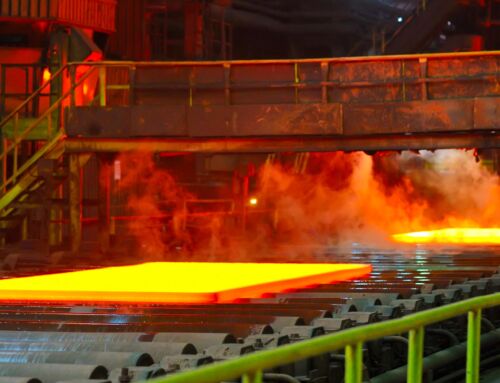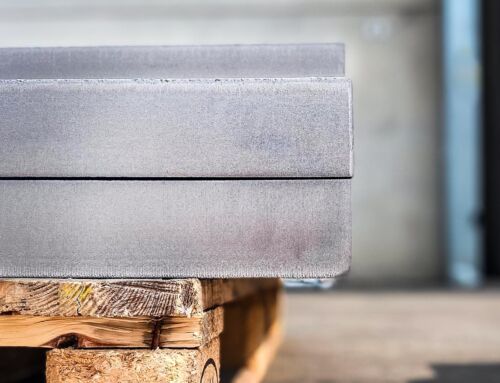Steel is one of the most important and versatile materials in modern industry, widely used in construction, automobiles, machinery, and more. However, before reaching its final applications, steel goes through a series of processes to improve its mechanical properties, strength, workability, and durability. The normalization of steel is one such fundamental process that plays a crucial role in optimizing the material for a wide range of uses.
What is steel normalization?
Normalization is a steel heat treatment technique that involves heating the material to a temperature above its austenitizing range followed by controlled air cooling. This process is designed to improve the crystal structure of steel, reduce residual stresses and increase its strength and ductility. Normalization is often performed after hot machining or forging of steel.
The benefits of normalization
- Strength improvement: the normalization process changes the grain structure of the steel, making it finer and more uniform. This increases mechanical strength, allowing the steel to bear heavier loads without breaking due to its brittleness
- Increased hardness: normalization can increase the hardness of steel, making it suitable for uses where wear resistance is important, such as in the automotive and mechanical engineering sectors.
- Improved machinability: normalized steel is easier to machine cold or hot, which simplifies machining and forming operations.
- Residual stress reduction: normalization helps eliminate residual stresses that occur during previous manufacturing processes. This reduces the risk of breakage or deformation of the finished product.
Applications of normalization
Standardization is widely used in a range of industries. Some examples include:
- Automotive: Normalized steel is used in the production of engine parts, transmission shafts, and other components subject to high loads.
- Railway sector: In the railway sector, normalized steel is used for the production of rails, railway wheels and structural parts of trains.
- Construction: in construction, normalized steel is used for beams, columns and other structural elements, ensuring the stability and durability of buildings.
- Mechanical industry: in the mechanical industry, normalized parts, such as gears and shafts, are essential to ensure the proper operation of machines.
Steel normalization is a key process that improves the properties and performance of this essential material. By providing improved strength, hardness, and machinability, normalization makes the steel suitable for a wide range of industrial applications. Its role in modern manufacturing and construction is crucial, contributing to the safety and efficiency of the products we use every day.







